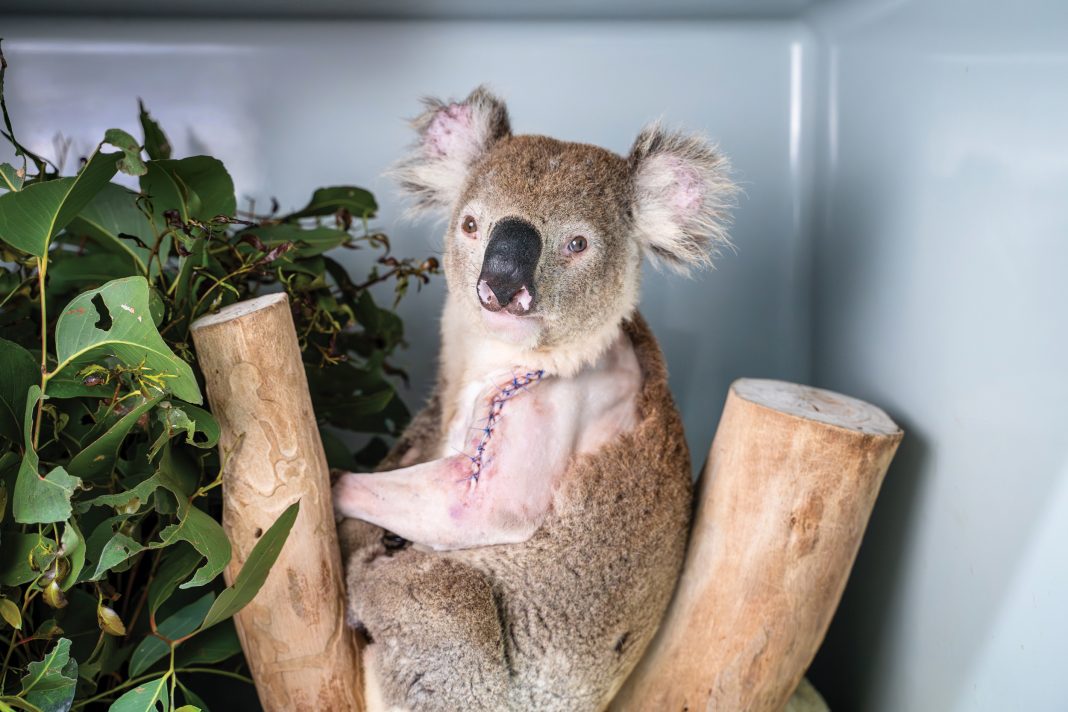New research from RSPCA Queensland and Greenpeace Australia Pacific paints a dire reality of the impact deforestation is having on native wildlife.
To read the full report, click here.
An ongoing animal welfare crisis
Queensland and New South Wales are a global deforestation hotspot. The bushland being cleared in these states is rich in native animal life, yet many species are already listed as threatened: like koalas, gliders and many bird and reptile species.
From 2016-2020, 2.4 million hectares of forest and woodland habitats were bulldozed in NSW and Queensland.
Our new report, co-authored with RSPCA Queensland, reveals the shocking impact that this deforestation has on native wildlife populations.
In the 2.4 million hectares of destroyed forest and bushland, 100 million animals were killed, injured or displaced.
This figure includes up to:

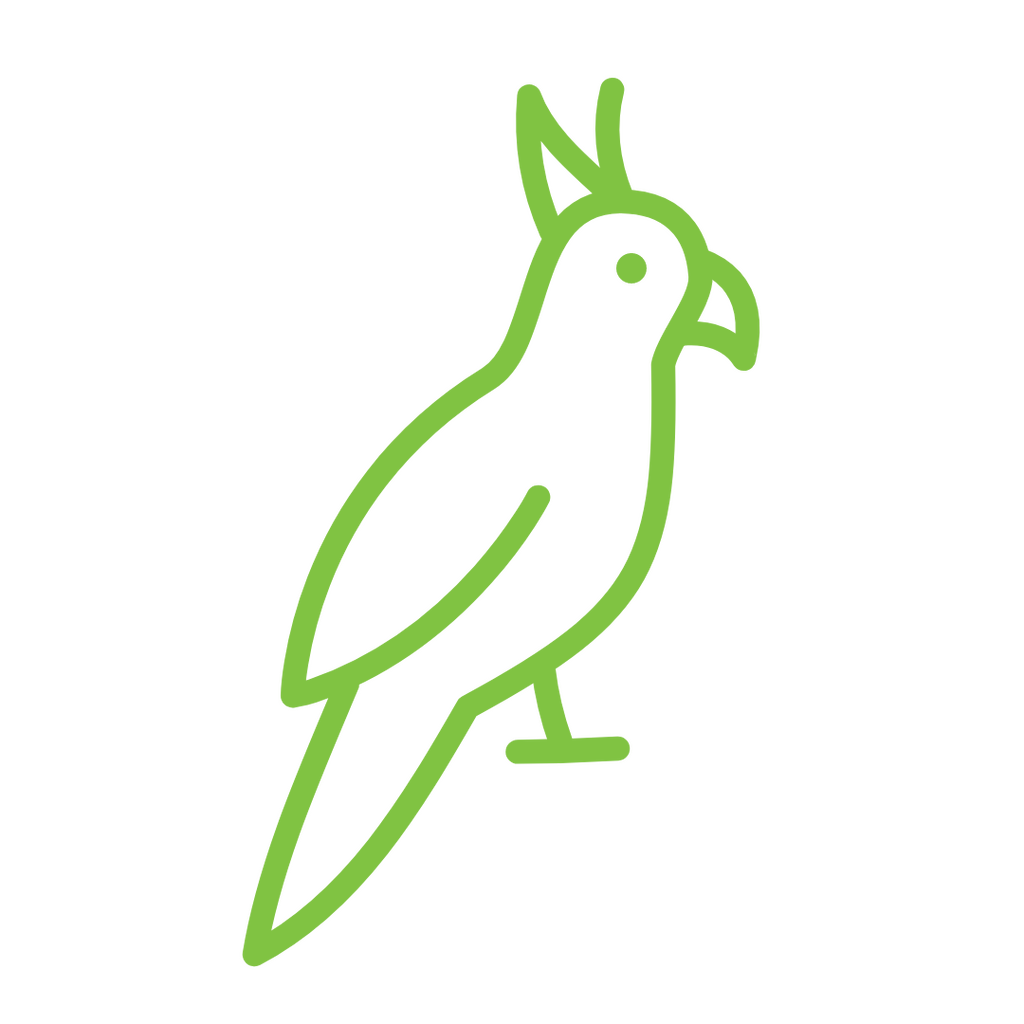
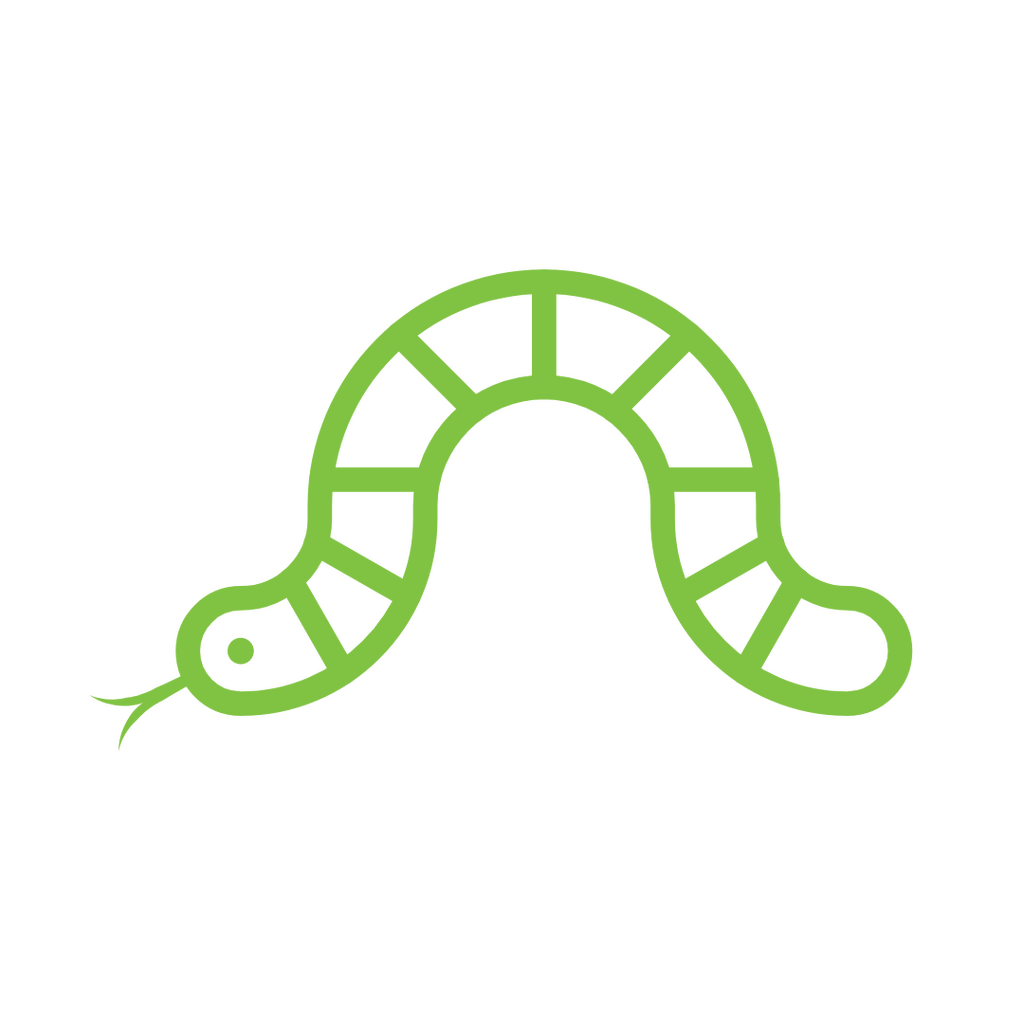
and over 96 million reptiles
Koalas killed
Koalas were listed as endangered in 2022 in NSW and Queensland, just 10 years after first being listed as vulnerable.
Deforestation is not only wiping out vast swathes of koala habitat, but is also causing habitat fragmentation, which puts koalas at increased risk of injury, displacement or death.
Fragmentation occurs when large areas of habitat are broken up into smaller areas. In order to move from one patch of bushland to another, koalas are forced to travel on the ground, putting them at increased risk of dog attacks and road incidents, as well as shock and stress.
The total number of koalas losing habitat and presumed killed in NSW and Queensland would be 5,998 over five years, or 1,200 every year.
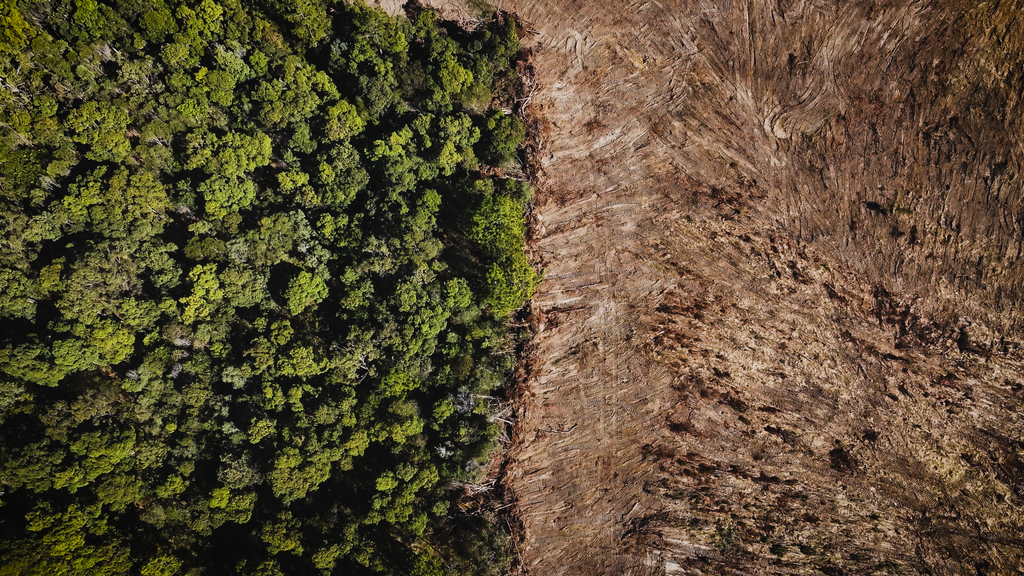
Wildlife hospitals stretched to the limit
The Greenpeace forest campaign team recently visited RSPCA Queensland’s Wacol wildlife hospital, south-east of Brisbane, to get an inside look at deforestation’s impact on wildlife.
We met a range of different species receiving care at RSPCA, including koalas, brushtail possum joeys, kookaburras and flying foxes.
During our visit, we spoke with Tim Portas, Wildlife Veterinary Director at Wacol. Watch our interview with him below.
“It does actually make me wonder if I’m still on this earth in 20 or 30 years whether I will look back at this… and think I was here to see the last of Queensland’s koalas”
– Tim Portas, RSPCA Queensland
The Wacol facility was built to accommodate roughly 8,000 animals each year. However, the real figure currently sits at around 24,000. That’s three times more than the facility’s capacity.
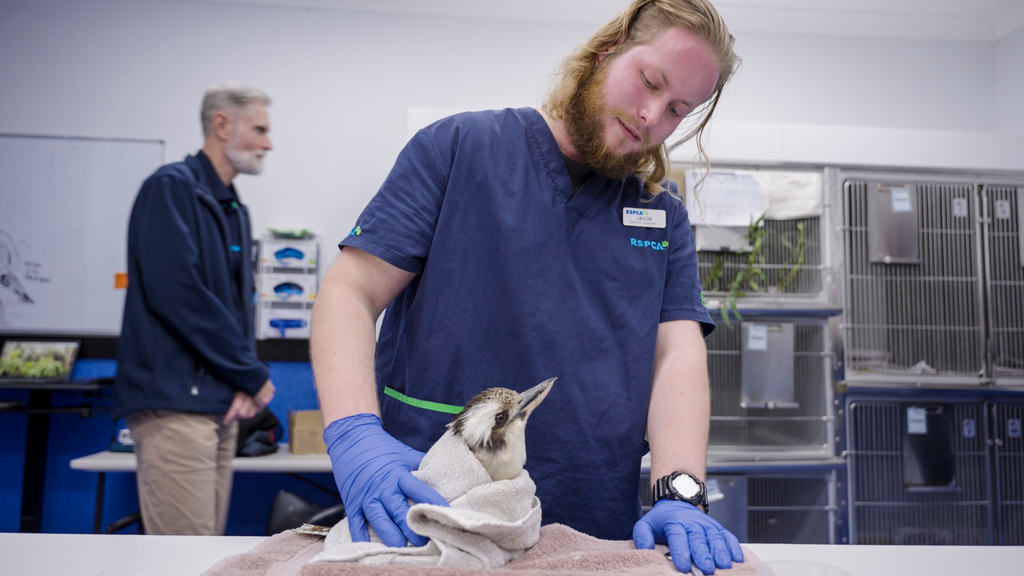
Image: Greenpeace Australia Pacific
The main culprit? Beef production.
Beef production continues to drive Australia’s deforestation crisis.
From 2016 to 2020, 90% of bushland destruction in NSW and Queensland was directly linked to beef production.
Housing development, forestry, and energy projects do play a part in Australia’s deforestation levels, but comparative to the beef industry, their impact is minimal – just 1% of deforestation that occurs in NSW and Queensland is linked to these projects.
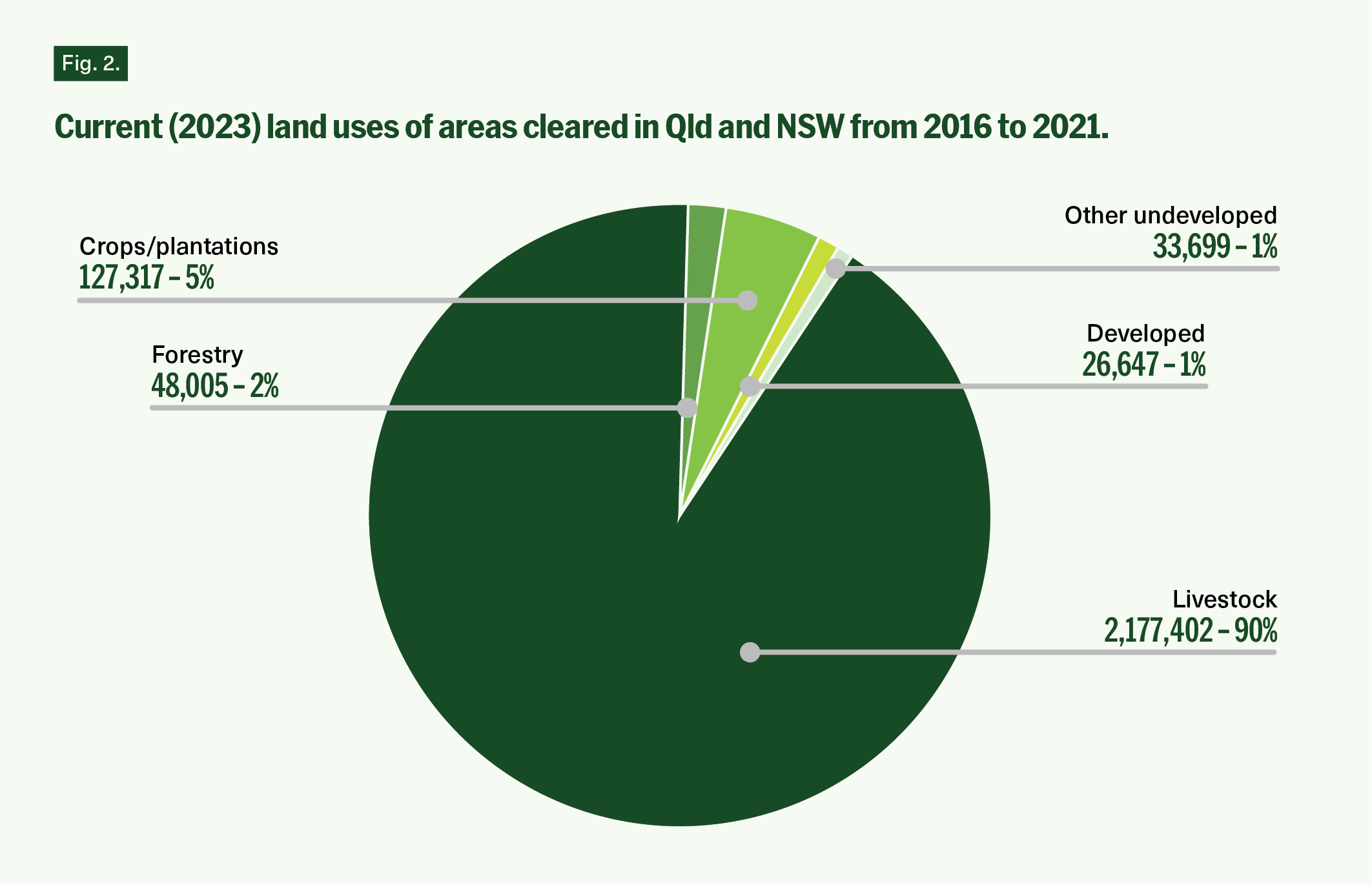
The Way Forward
Existing nature laws in Australia are weak, not enforced, and are failing our native wildlife. Our government must urgently step up and commit to ending Australia’s deforestation and extinction crises.
“The devastating scale of animal deaths and injuries outlined in the report demands urgent action. Alongside our colleagues at RSPCA Queensland, we’re calling for a stronger national nature law that will halt nature destruction and end the extinction crisis in Australia.”
– Gemma Plesman, Senior Campaigner at Greenpeace Australia Pacific
Join the campaign to get strong nature laws protecting nature and wildlife by signing our petition to the Australian government now.

